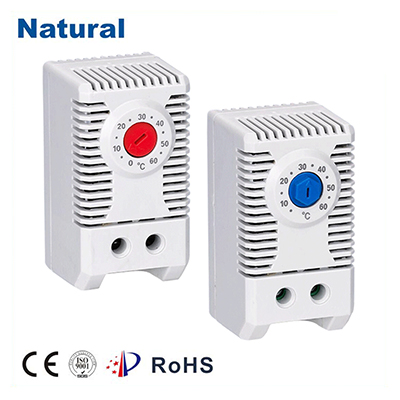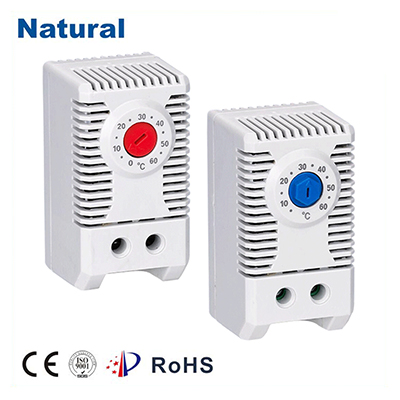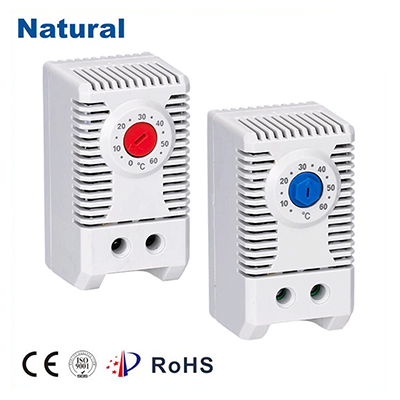A bimetal thermostat is a temperature control device that plays a crucial role in regulating temperature in a variety of applications. From household appliances to industrial machines, these thermostats are used to prevent overheating and ensure the optimal functioning of devices. This article delves into the working principles, common uses, and advantages of bimetal thermostats, highlighting why they are a reliable and cost-effective solution for temperature regulation.

What is a Bimetal Thermostat?

A bimetal thermostat consists of two strips of different metals that are bonded together. These metals have distinct coefficients of expansion, meaning they expand and contract at different rates when subjected to heat. The bimetallic strip’s unique characteristic is that it bends or curves in response to changes in temperature due to the differential expansion rates of the two metals. This bending action is used to activate or deactivate an electrical circuit, thereby controlling the temperature of the system it is integrated into. At the heart of the thermostat’s functionality is the mechanical bending of the bimetallic strip. As the temperature of the environment rises, the metal with the higher coefficient of expansion stretches more, causing the strip to bend. Once it bends enough, it either closes or opens a switch that controls power to the heating or cooling element, helping to maintain the desired temperature.

Leave a Reply